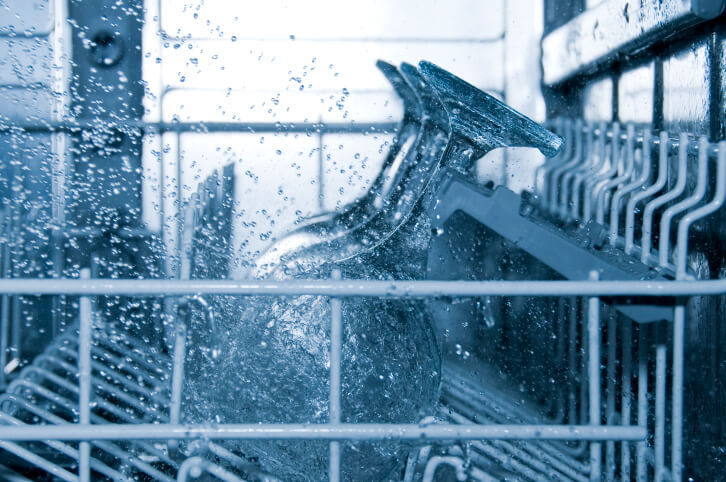
Having a Dishwasher Drainage Disaster? Here’s Why…
As with most appliances, the purpose of dishwashers is to make our lives easier. Not so long ago, in fact, dishwashers were considered luxury items. These days, though, most people are more likely to consider their dishwashers to be a necessity. That’s because dishwashers do make life easier.
But not always.
Sometimes dishwashers develop problems that morph them from labor-saving conveniences into annoying headaches. And one of the most annoying problems dishwashers sometimes develop is improper drainage.
After all, opening your dishwasher at the end of a wash cycle only to find a pool of swampy, dirty water is quite an unpleasant surprise. And it’s a considerable inconvenience – one that will probably prompt a phone call to a repair person.
These are the most common causes of this particularly annoying problem:
Drain Pump or Impeller
A pump is responsible for pushing out the water at the end of a cycle. If the pump fails, the dishwasher won’t drain. But in many dishwashers the pump works in tandem with an impeller. If water won’t drain, it’s possible that the impeller has failed, and not the pump.
Fortunately, impellers can usually be replaced without also replacing the pump.
And some dishwashers have belt-driven water pumps. If that’s the case with your dishwasher, it’s possible that the belt has broken or is slipping, but the pump is fine.
Drain Valve or Solenoid
If the drain valve fails to open properly, the dishwasher will not drain. This can happen if the drain valve malfunctions. But it can also sometimes be simply the result of a buildup of debris clogging the valve.
Another possibility is that the electric solenoid that opens and closes the valve has failed, and will have to be replaced.
Drain valves (also called check valves) utilize a small ball that’s designed to prevent water from re-entering the washer though the drain hose. But if this ball becomes stuck it can work in reverse, preventing water from draining from the washer.
Drain Hose
Drain hoses can sometimes become clogged from an accumulation of debris. Removal of the drain hose is usually necessary for finding and removing blockages. The most common location of drain hose blockages is at the point where the hose ties in to the garbage disposal.
Garbage Disposal
It’s possible that the source of your drainage problem has nothing to do with the dishwasher. That’s especially likely if your garbage disposal has recently been replaced.
Disposals come with a solid plug in the location where the dishwasher drain hose should tie in. That, of course, is because disposals aren’t always used in conjunction with dishwashers. But if removal of that plug is overlooked during the installation of the disposal, the dishwasher will no longer drain properly.